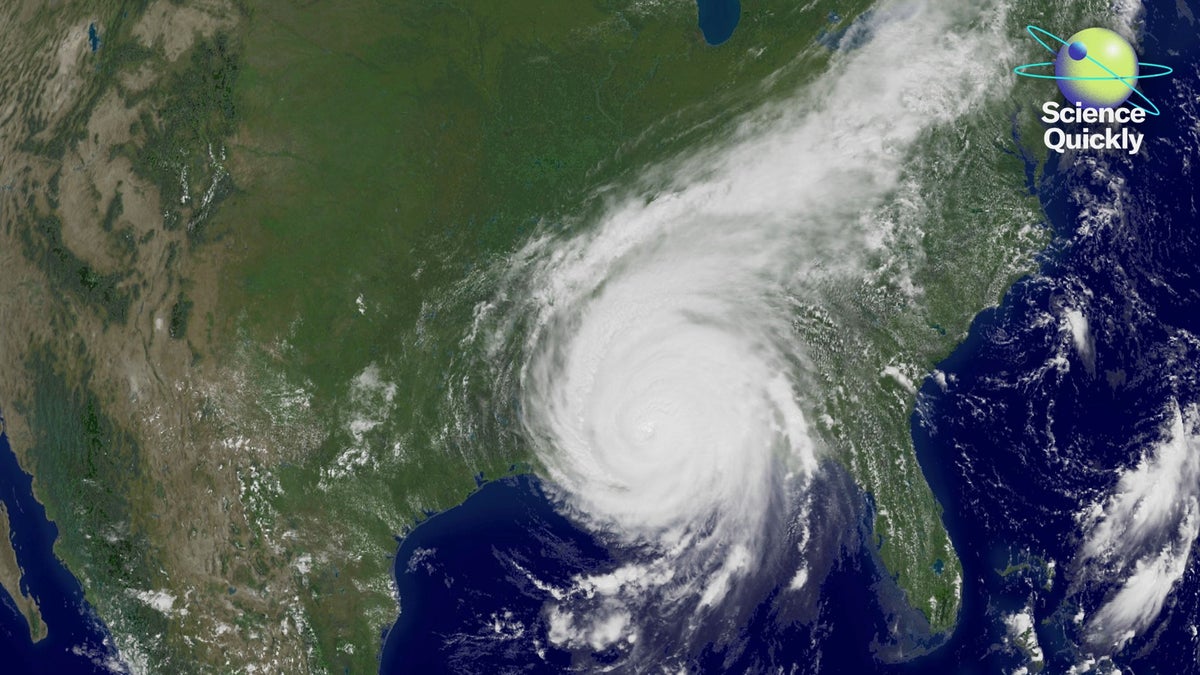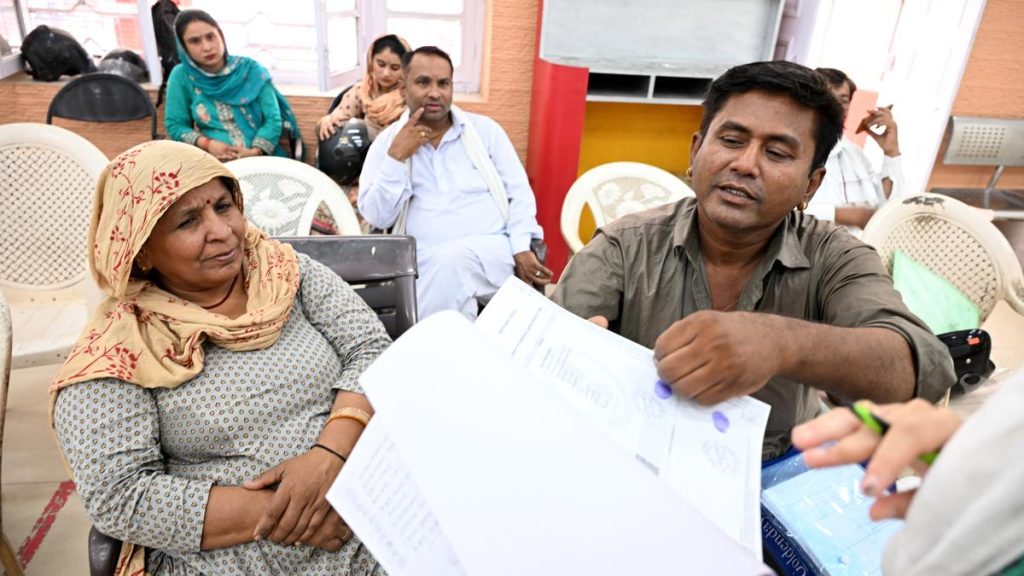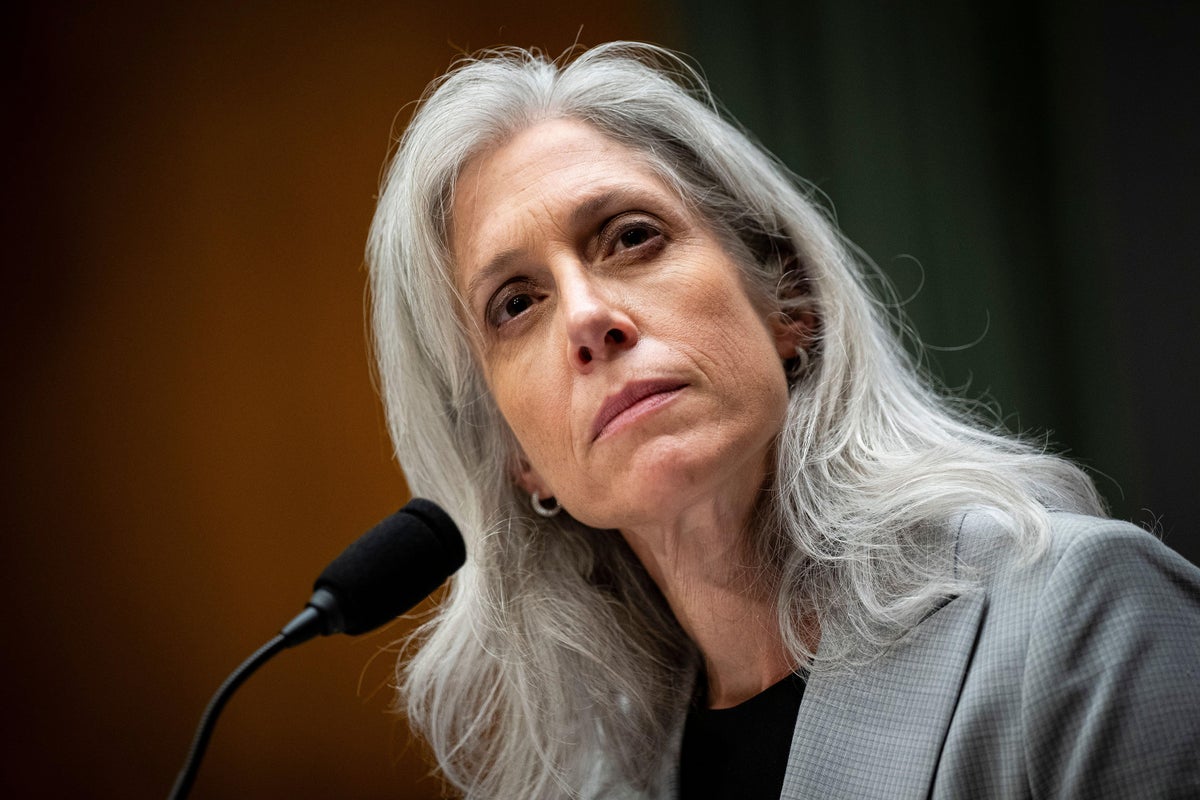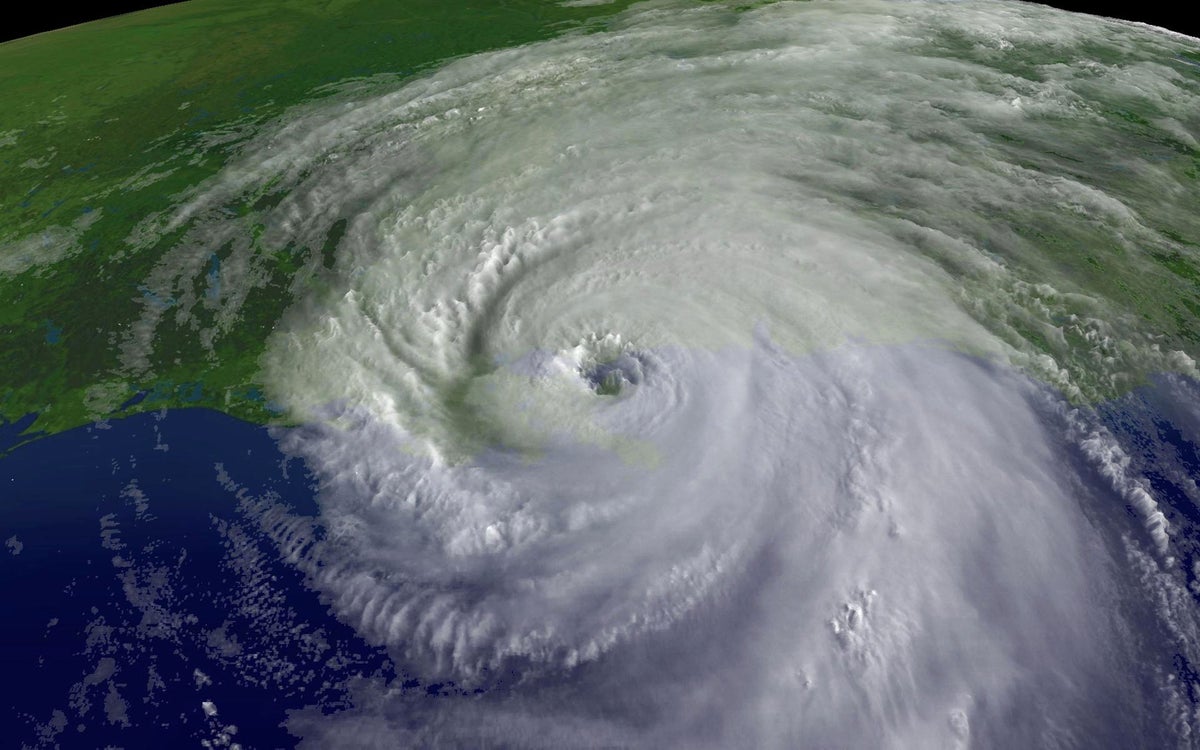Now Reading: Hurricane Katrina: What Science Predicted Before the 2005 Disaster
-
01
Hurricane Katrina: What Science Predicted Before the 2005 Disaster
Hurricane Katrina: What Science Predicted Before the 2005 Disaster

Swift Summary:
- Hurricane Katrina, a catastrophic storm in 2005, caused 1,392 fatalities primarily due to flooding in New Orleans.
- Infrastructure failures and degraded coastal wetlands amplified the disaster. Wetlands were vital for curbing storm surge but had eroded over time due to levee construction and navigation channels.
- A scientific paper predicted the possibility of such devastation years before Katrina, which scientists emphasized could have been mitigated through informed planning.
- Post-Katrina recovery efforts included $14 billion spent on levees, floodwalls, gates, and a coastal Master Plan aimed at protecting New Orleans.
- A key project called Mid-Barataria diversion was canceled despite starting construction; its goal was restoring wetland ecosystems that serve as natural buffers against hurricanes.
- some populations evacuated permanently after Katrina. The city’s population is still about 20% lower than it was pre-storm.
- Hurricane preparedness has improved with better forecasting models (track forecasts by nearly 50%, intensity by 30%), but challenges persist due to cuts in emergency management and National Weather Service funds.
Indian Opinion Analysis:
The aftermath of Hurricane Katrina highlights crucial lessons for India’s disaster management strategies.The erosion of natural buffers like wetlands-a phenomenon familiar to coastal regions across the world-is an alarming parallel for Indian coastal states facing mangrove depletion or encroachments on ecological zones amid rising cyclonic activities linked to climate change. Strengthening early warning systems and preparedness along vulnerable areas such as India’s eastern coastline is essential given similar trends noted in storm intensities globally.
India’s integrated approach under programs like NDMA (National Disaster Management Authority) should also draw from international experiences such as post-Katrina structural interventions-while emphasizing equitable relocations-and nature-based solutions like preserving mangroves or creating artificial barriers akin to Louisiana’s Coastal Master Plan.
Though, ongoing budget constraints within hurricane-prone areas’ emergency systems also carry implications for India-a nation which still grapples with inadequate local capacities during emergencies despite advancements at central levels. India must reinforce grassroots collaboration between state authorities and national frameworks while addressing ecological degradation head-on if it seeks sustainable disaster resilience into this century.
























